
Published well after detective fiction’s Golden Age, The Widow’s Cruise from 1959 is still very much a product of that halcyon time. For one, it is a fair-play puzzle to a fault. Readers will likely reach the solution (or at least half of it) precisely because the author salts the clues so liberally and logically. This doesn’t really detract from Cruise’s enjoyable journey, however. Blake populates this story with a typically colorful and well-defined cast of characters, including a glad-handing blackmailer, two grudge-bearing teenagers, a pensive academic, a lustful Greek cruise manager, and two sisters – one a radiant beauty, the other a plain ex-schoolmistress recovering from a nervous breakdown – into whose orbit Strangeways and the other passengers are pulled.
Nigel and his girlfriend Clare Massenger are sailing on the Menelaos, a cruise ship touring the Greek islands. It is interesting to note that Blake’s Greece is tonally quite different in contrast to that offered by mystery writing peer Gladys Mitchell. The Greek terrain trod in Mitchell’s 1937 mystery Come Away, Death is dry, sun-baked, dusty, and listless: a hard ground where snakes and insects (and the reptilian Mrs. Bradley) can thrive. The landscape Blake offers is more tourist-friendly, with an emphasis not so much on sun but on water. Indeed, the waters on this Cruise are decidedly dangerous: one victim’s body is found drowned in the sea, while another person meets her fate in the ship’s swimming pool.
If The Widow’s Cruise falls short of the best Strangeways mystery stories, it is still a smart and very readable later entry in the series. And there is much to admire, from the clever use of character psychology woven into the solution and the killer’s revelation of guilt to the tale’s neat Aristotelian (i.e., Greek) unity: the story begins as the Menelaos starts its cruise and Nigel unmasks the murderer just as the ship finishes its fateful voyage and prepares to dock once more. That all-suspects-gathered climax is itself an entertaining parody of the ones Day-Lewis admired so much in Agatha Christie’s fiction. Strangeways uses the first officer’s cabin to build up and tear down a case against each suspect, with said suspects questioning both his authority – he is only an uncredentialled surrogate for the police, after all – and his explanations. Yet the detective has his eye on the larger game being played, and times his accusations for maximum effect.
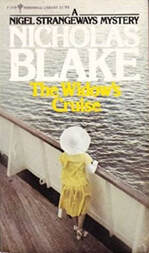
The Widow’s Cruise is an enjoyable and bright journey with much to see and appreciate along the way. I’m grateful the poet and scholar found it worthwhile to conceive and craft 16 Nigel Strangeways detective stories as he chased his other literary pursuits. His commitment to the fair-play puzzle genre is commendable, and the uniform quality of these tales makes me think he took his genre writing seriously while having great fun with each book's formation and follow-through.
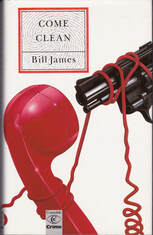

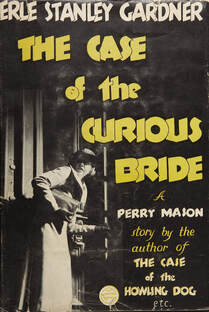
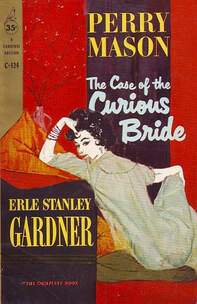
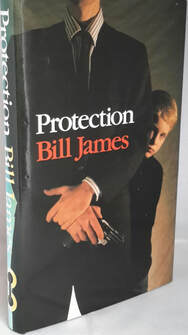
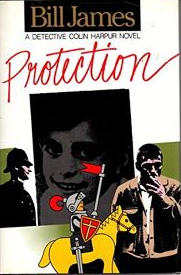
 RSS Feed
RSS Feed